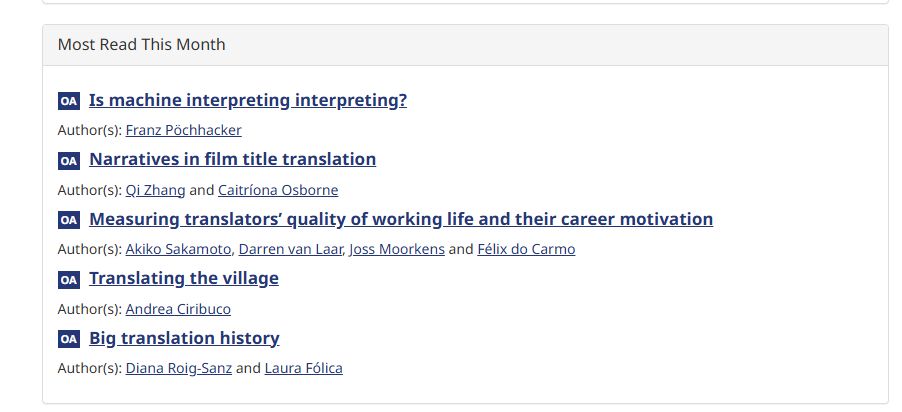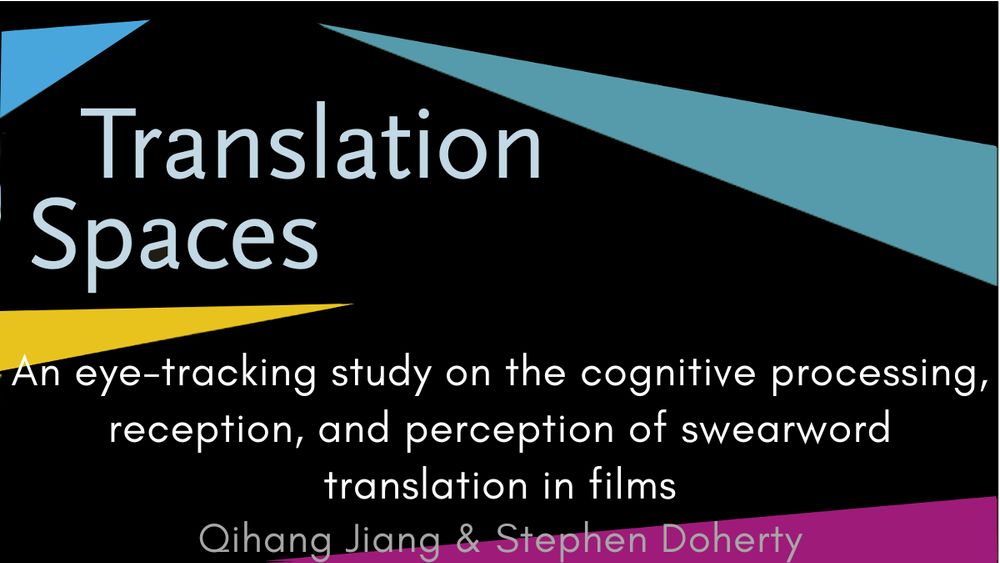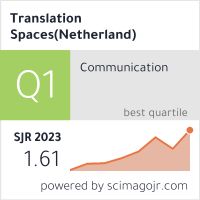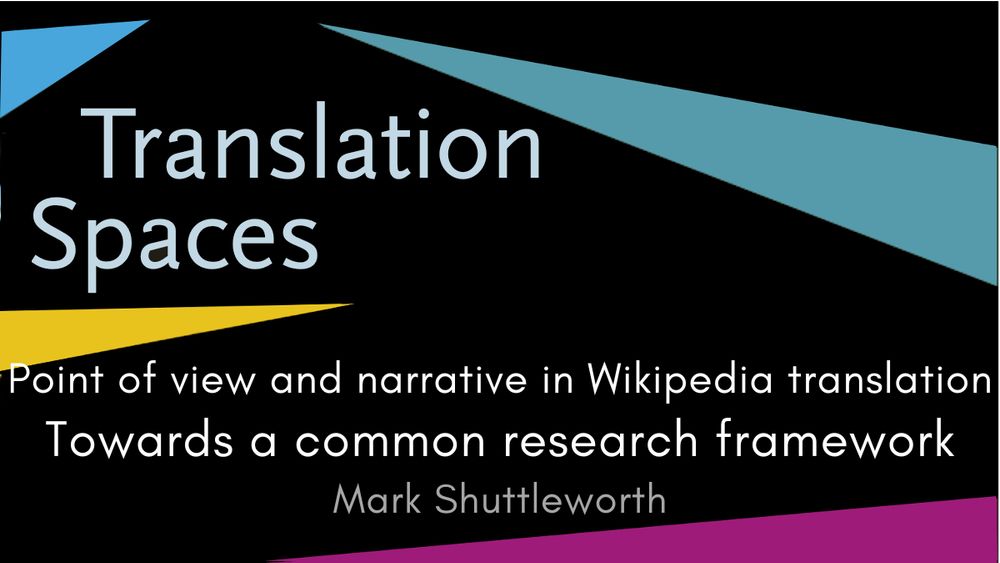Translation Spaces
@transpaces.bsky.social
67 followers
66 following
11 posts
Translation Spaces is a peer-reviewed, indexed journal published biannually by John Benjamins. https://benjamins.com/catalog/ts
Posts
Media
Videos
Starter Packs
Reposted by Translation Spaces
Reposted by Translation Spaces
Reposted by Translation Spaces











